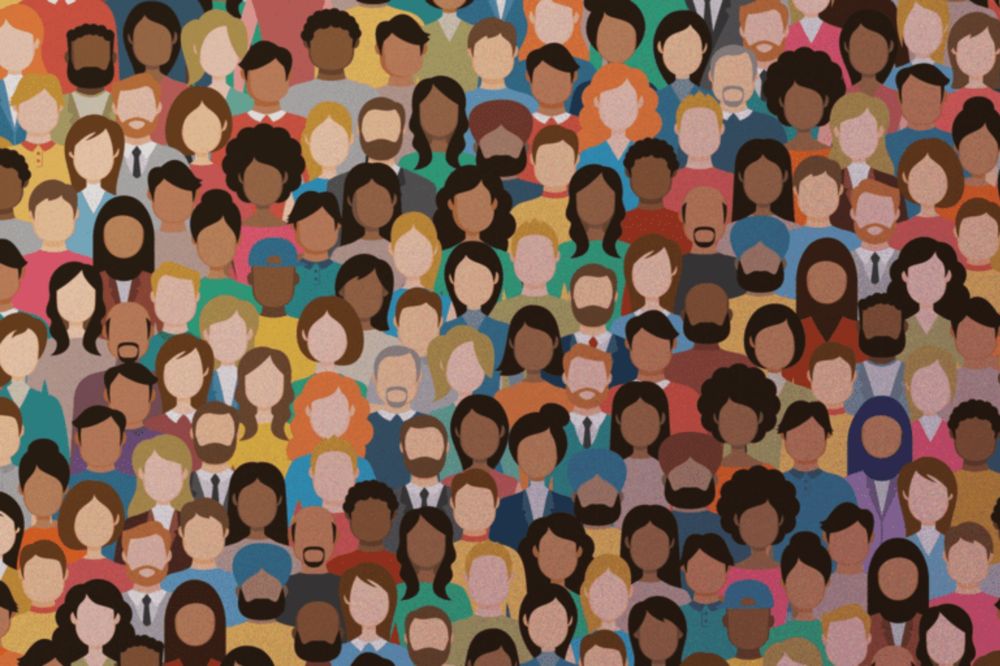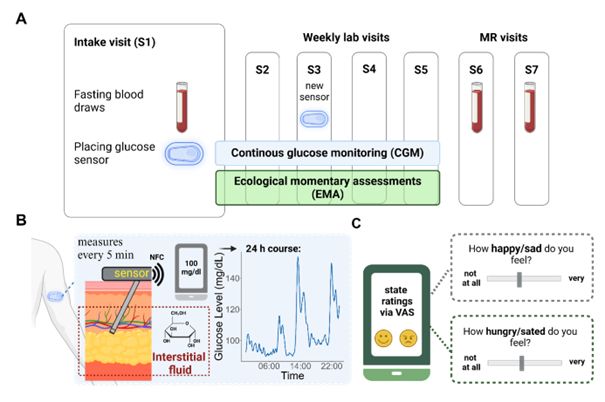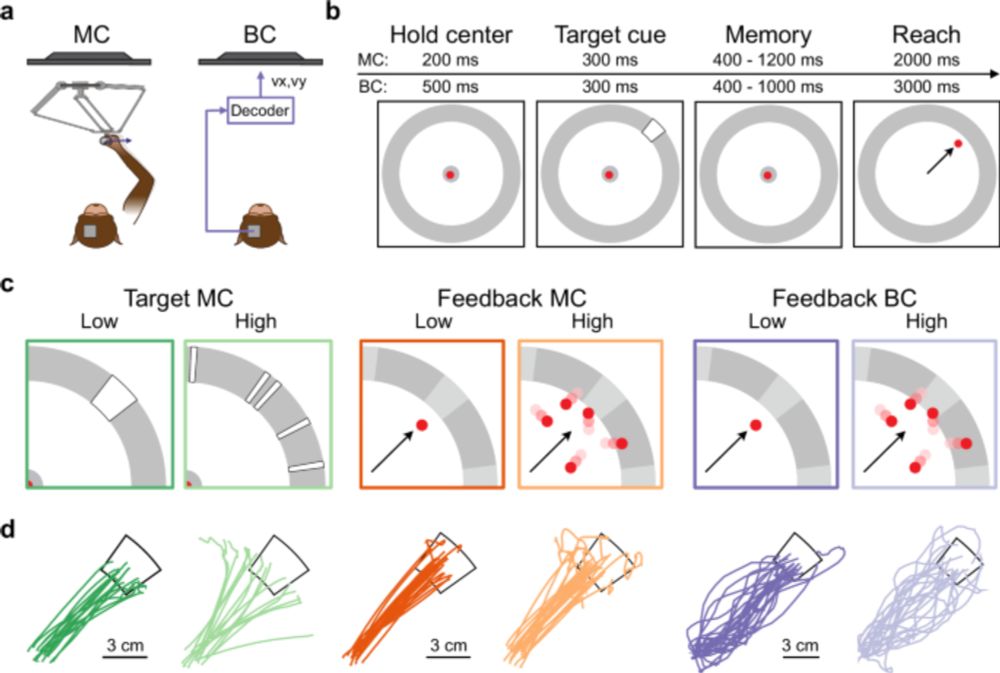
Only a week left to apply for our Mental Health Award ⏰
We’re funding researchers to use longitudinal data to find early signs of anxiety, depression and psychosis.
Find out more and apply by 22 July ⤵️
wellcome.org/grant-fundin...
@kristinkaduk.bsky.social
Postdoc at cognitive neuroscience 🧠 interested in body signals - working @DAG group in the German Primate Center 🐒, @NeuroMADLAB in the University of Tübingen 🇩🇪 and @Frohlich Lab in University of North Carolina 🇺🇸

Only a week left to apply for our Mental Health Award ⏰
We’re funding researchers to use longitudinal data to find early signs of anxiety, depression and psychosis.
Find out more and apply by 22 July ⤵️
wellcome.org/grant-fundin...
🧠✨Excited to share my work of the last year @neuromadlab.bsky.social in collaboration with @derntllab.bsky.social! Tracking 90 adults’ glucose, hunger and #mood for 4 weeks. Interesting: In our new preprint, people with lower #interoception show higher mood variability. Have a look: 👇
29.04.2025 06:34 — 👍 3 🔁 0 💬 0 📌 0
Summary of the study. A: The schematic shows the experimental procedure, illustrating five weekly lab visits followed by 2 MR visits labeled from S1 to S7. After the first session (S1), participants undergo four weeks of continuous glucose monitoring (CGM) combined with ecological momentary assessment (EMA). B: The CGM system uses a small flex sensor placed at the posterior upper arm that is inserted in the subcutaneous fatty tissue. The glucose sensor, positioned beneath the skin surface layers (epidermis and dermis), measures glucose levels in the interstitial fluid within the subcutaneous adipose tissue. The data is wirelessly sent via near field communication (NFC) to the FreeStyle Libre 3 app on the participant’s cell phone. The accuracy of the sensor concerning capillary glucose has been validated (Alva et al., 2022). C: Participants rate their metabolic and mood states twice daily using a visual analog scale (VAS), ranging from 0 (not at all) to 100 (very).
Do you get in a bad mood if you are hungry? Over 4 weeks with EMA+CGM, we tested if mood shifts are subconsciously driven by glucose levels or ratings of metabolic state #neuroskyence 🩺
Work w/ @kristinkaduk.bsky.social @akuehnel.bsky.social @derntllab.bsky.social
www.biorxiv.org/content/10.1...
so, so excited to share our new theory which endeavours to answer why depression and poor metabolic health go hand-in-hand: "An interoceptive model of energy allostasis linking metabolic and mental health" 💪🧠🔋 @saramehrhof.bsky.social
@hugofleming.bsky.social
osf.io/preprints/ps...

🚨Paper alert! Check out our latest publication in @naturecomms.bsky.social by @lukasamn.bsky.social, Virginia Casasnovas, and Alexander Gail: "Visual target and task-critical feedback uncertainty impair different stages of reach planning in motor cortex".
www.nature.com/articles/s41...